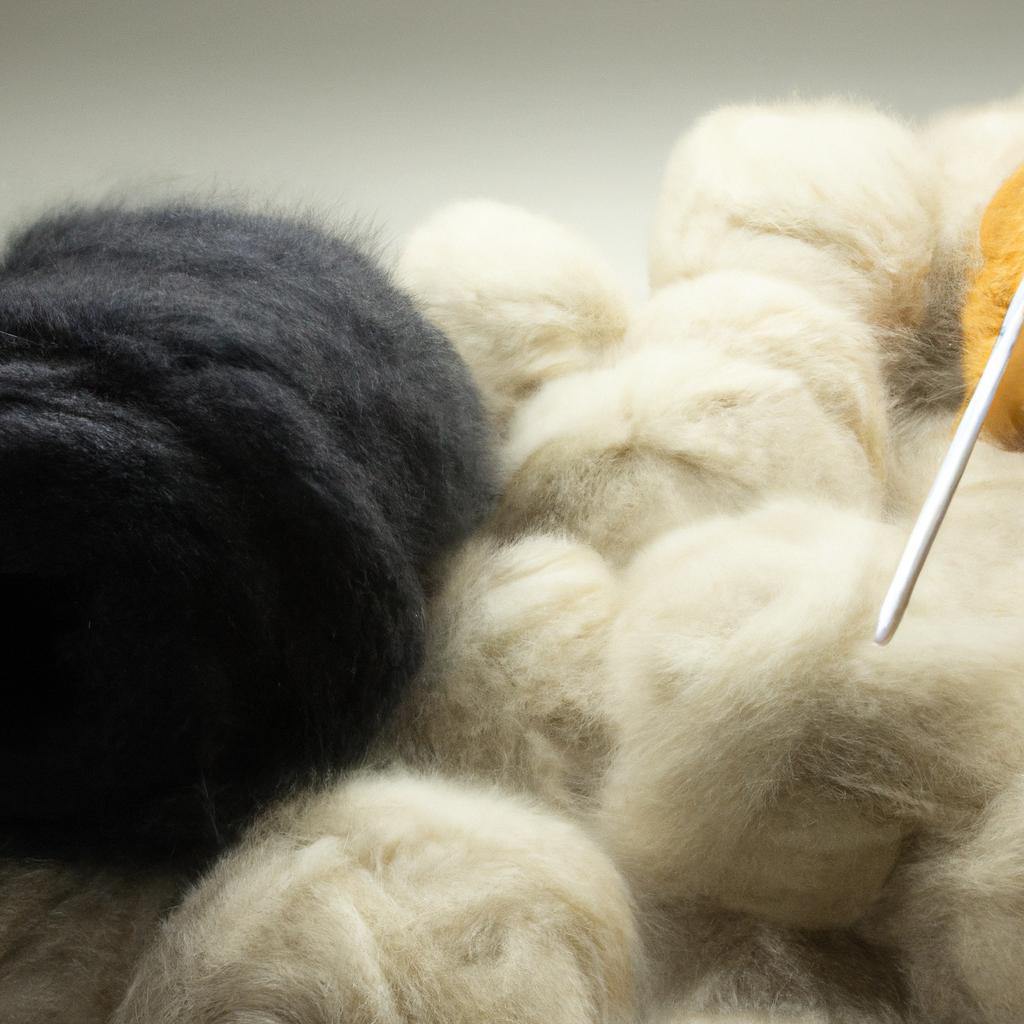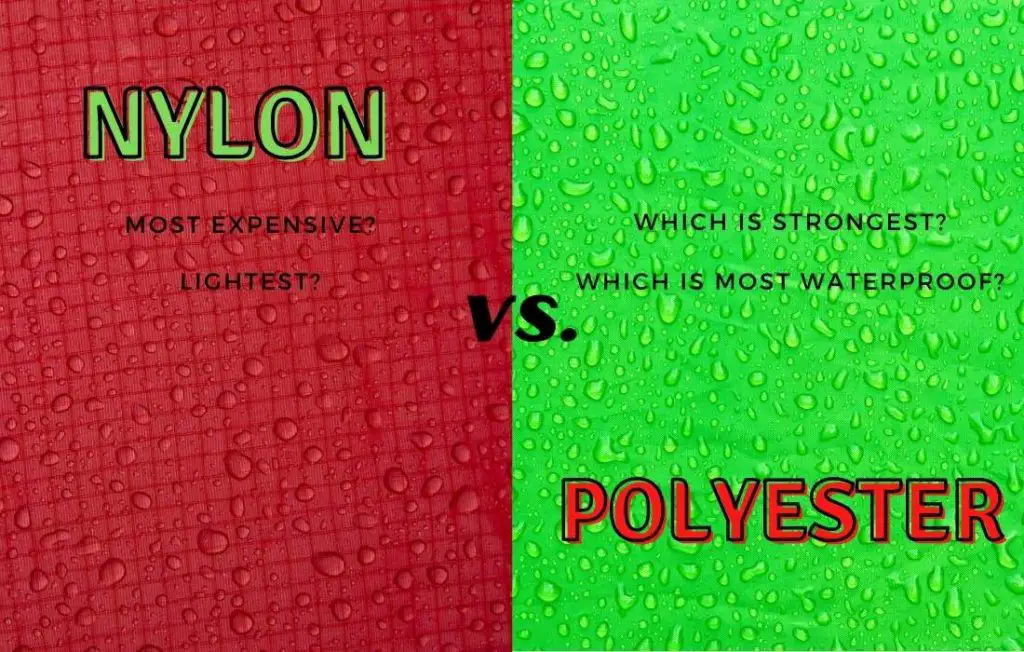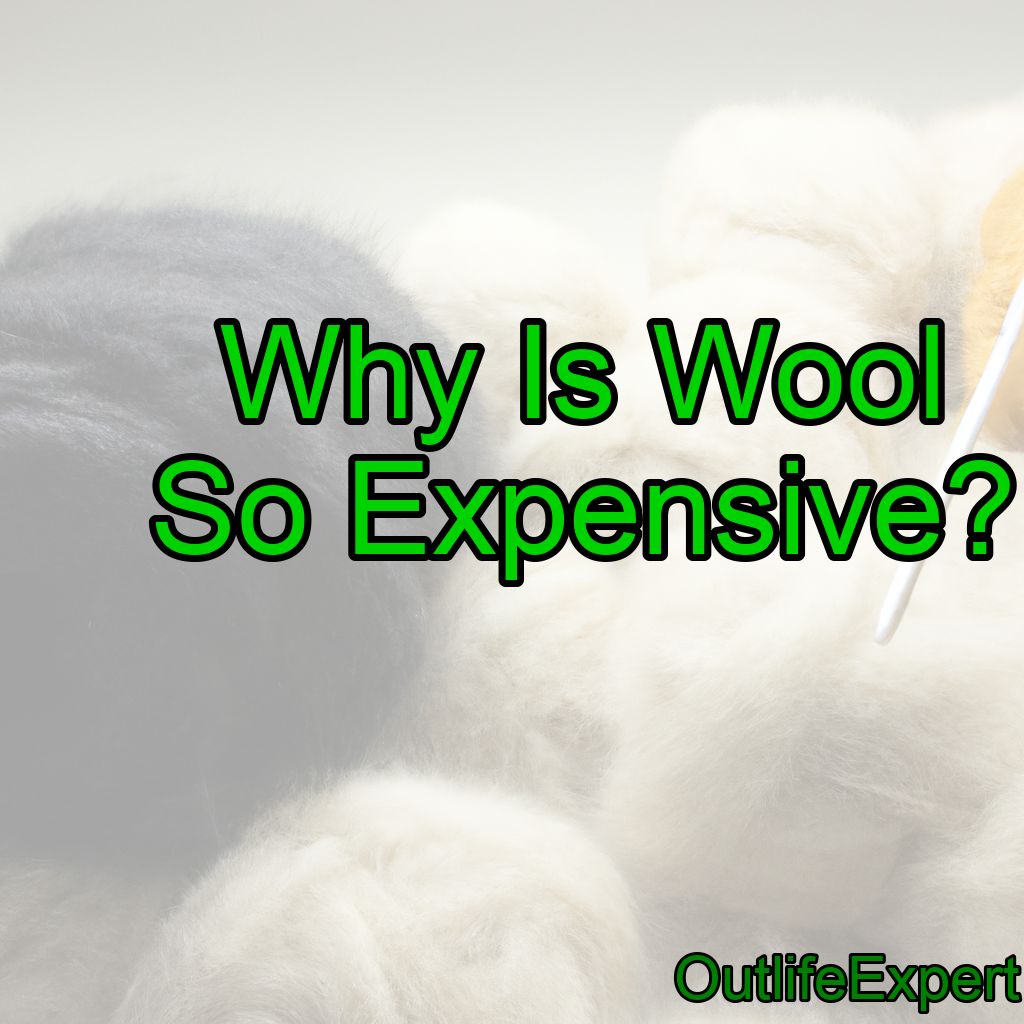Wool has been used by humans for millennia, and it’s still a popular material today. But why is wool so expensive?
Wool is expensive due to:
1. Limited supply: Wool is a natural fiber obtained from sheep, and the number of sheep worldwide is limited. This creates a supply-demand imbalance, driving up the price.
2. Labor-intensive process: Raising animals, shearing, sorting, and cleaning wool is a labor-intensive process that requires skilled workers. The cost of labor adds to the overall price of wool compared to purely plant based fabrics like cotton or linen.
3. Processing and manufacturing: Wool fibers need to be carded, spun, and woven or knitted into fabric, which involves additional costs in terms of machinery, energy, and labor. Synthetic fabrics like nylon and polyester are spun into thread directly from chemical reactions and need much less processing.
4. Quality and grade: The price of wool varies depending on its quality and grade. Finer, softer, and more luxurious wools, such as Merino, are more expensive due to their superior properties and limited availability.
5. Sustainable and eco-friendly: Wool is a renewable and biodegradable resource, making it an environmentally friendly choice. Consumers are often willing to pay a premium for sustainable products.
6. Longevity and durability: Wool is a durable and long-lasting material that can withstand wear and tear, making it a worthwhile investment for many consumers.
7. Insulation and breathability: Wool’s natural insulation and breathability properties make it a highly desirable material for clothing and home textiles, further increasing its value.
As an outdoor expert, I can tell you that there are numerous reasons why this natural fiber carries such a hefty price tag. From its unique properties to the complexity of production, let’s take a look at what makes wool worth the extra cost – and how we can all make use of this luxurious resource!
For those of us who love being outdoors, wool offers an unbeatable combination of warmth, durability, comfort and style. It’s also highly water-resistant, making it a great choice for anyone looking for protection from wet conditions.
Not only does it insulate even when wet, but wool breathes well too; allowing your body to stay at a comfortable temperature no matter the weather outside. And with its natural flame retardant properties, wool provides additional safety in any environment.
Characteristics Of Wool
Wool is a timeless material that has been used for centuries to keep us warm, comfortable and stylish. It’s no wonder then that wool remains such an important part of our clothing today.

The shearing process involves the careful removal of wool from sheep in order to protect their welfare, while also ensuring that the highest quality grades are obtained.
Wool is also one of the most sustainable materials around – when ethically sourced, it can be reused over and over again without impacting animal welfare or reducing its quality.
It’s clear why so many people love and appreciate wool as part of their wardrobe; however, this luxe fabric comes with a price tag.
To understand how much goes into producing your favorite pieces made from wool, let’s take a look at the cost production…
Cost Of Production
Wool is expensive to produce, and not just because of the shearing process. The labor costs associated with animal husbandry are high in many regions around the world.

Here’s an overview of other factors that contribute to wool’s cost:
1. Regional differences in production techniques and quality standards can affect pricing significantly.
2. Grading systems for wool must be strictly adhered to, resulting in higher labor costs.
3. Animal husbandry practices require a significant amount of resources and expertise, increasing overall production costs.
4. Many countries have stringent regulations regarding the use of certain natural dyes in wool products, adding additional expenses when producing items made from these materials.
The combination of all these factors makes it clear why wool commands such high prices on the global market—it simply isn’t cheap or easy to produce!
Global Demand
The global demand for wool is growing at a rapid rate, partly due to its reputation as a natural fibre that requires minimal water usage and promotes animal welfare. Seasonal pricing of the fabric plays a large role in production costs, as does the extensive dyeing process needed to create unique colors and patterns.
Major fashion houses are consistently turning to wool in order to capitalize on these benefits while creating luxurious pieces with premium quality fabrics.
Not only is wool expensive because of the time-intensive processes involved in producing such fine fabrics, but also because of its longevity and durability compared to other materials.
Wool fibers can withstand harsh weather conditions without sacrificing their structural integrity or softness; this contributes significantly to its high cost given how much longer it will last than synthetic alternatives. Furthermore, buyers tend to prefer items made from wool due to their comfortability and breathability during all times of year – making them worth every penny spent!
Quality Of Fabric
The quality of wool fabric is unrivaled in the outdoor industry due to its durability and breathability.
Animal husbandry, spinning techniques, and labor costs all contribute to this high-end product’s price tag.

The raw materials are sourced from sheep that have been bred for their superior coats and sheared with careful attention paid to each individual animal–this dedication speaks volumes about the craftsmanship necessary to produce a quality piece of clothing.
On top of these factors, it takes an experienced spinner to create the fine threads needed for weaving into fabrics like wool.
These skilled artisans use traditional methods that can’t be replicated by shoddy craftsmanship; they also require higher wages than other laborers in order to produce premium garments you can depend on while exploring the outdoors.
All of this adds up when considering why wool is so expensive compared with other fabrics available today.
Wool has staying power unmatched by any alternative material: it will keep you warm during cold winter months, yet cool enough for summer hikes or trips around town.
Its ability to wick away moisture without sacrificing comfort makes it a reliable option no matter what activity you choose—a clear sign that investing in quality materials pays off!
Frequently Asked Questions
What Is The Difference Between Wool And Other Fabrics?
Wool is an exceptional fabric that stands out from other fabrics due to the way it’s harvested, processed, and its luxurious appeal.
From a harvesting standpoint, wool comes directly from animals such as sheep or goats whose welfare must be taken into account during the entire process.
Additionally, the processing methods for creating wool fabrics are complex compared to synthetic alternatives like polyester or nylon. This complexity creates a luxury feel which commands higher prices than most man-made materials.
In short, when you invest in wool garments you’re getting quality material with ethical production practices – making it well worth the price tag!
How Does The Cost Of Wool Compare To Other Fabrics?
As an outdoor expert, I’m often asked how the cost of wool compares to other fabrics.
In this context, it’s important to consider that wool production is a complex process which includes animal welfare and ethical sourcing – making it more expensive than mass-produced textiles such as cotton or polyester.

Additionally, eco friendly materials like wool require fewer chemical treatments during the manufacturing process and are generally seen as a luxurious item due to their versatility and durability.
All in all, while the upfront cost may be higher compared to synthetic alternatives, investing in quality items made from natural fibers can provide freedom through longer lasting wearability with less impact on the environment.
What Are The Environmental Impacts Of Producing Wool?
When it comes to the environmental impacts of producing wool, there is much more at play than just its cost.
Sheep farming requires a lot of water usage and labor costs for shearing and dyeing processes, both of which can take a toll on sheep health if done improperly.
As an outdoor expert, I’d suggest considering how the production process affects our planet before making any purchase decisions – your freedom and that of future generations depends on it!
Is Wool Sustainable?
Sourcing wool, sheep farming and textile processing have long been seen as sustainable practices.
But with an increasing focus on ethical production, it is becoming harder to ensure that the wool industry meets sustainability standards.
For example, recycling wool has become more commonplace, however this process requires additional resources and increases the cost of production. As a result, finding sustainable sources for sourcing wool can be difficult and expensive.
Ultimately, the outdoor expert believes that by investing in ethical production from small-scale farmers we can not only create value for those involved but also ensure that our clothing choices are part of a global effort to promote sustainability.
What Is The Best Way To Care For Wool Clothing?
As an outdoor expert, it’s important to know the best ways to care for wool clothing.
Dry cleaning tips and other methods of washing are essential in preserving the life span of your garments.
If you’re looking for a more sustainable alternative, consider using wool insulation or some other type of natural fiber such as cotton instead.
Animal welfare is also something to keep in mind when considering buying wool products – be sure that they have been ethically produced before investing.
Lastly, if you wish to dye any article of clothing made from wool, there are several safe methods available which won’t damage its quality over time.
Conclusion
As an outdoor expert, I can confidently say that wool is one of the most versatile fabrics available. It’s soft, durable and insulating properties make it perfect for a range of weather conditions.
Despite its many advantages however, wool comes at quite a hefty price tag! The high cost of wool reflects the time-consuming process which goes into producing it.
Sheep need to be sheared every year, with each sheep providing around 4-10 pounds of usable fiber depending on their breed. This is why ethically sourced wool from reputable farms can come at such a premium – there simply isn’t enough supply to meet demand!
Despite this limitation in availability though, you’ll find plenty of ways to get more out of your wool clothing if you take proper care when washing and storing it properly. By investing some extra effort into caring for your garments, you’ll ensure they will last much longer and remain as luxurious as ever.
For example, my family has owned several items made from Scottish lambswool for generations now; these pieces have been lovingly cared for over the years and we still cherish them today!
So next time you consider adding something special to your wardrobe, remember that investing in quality wool might just pay off in the long run – both financially and emotionally!




